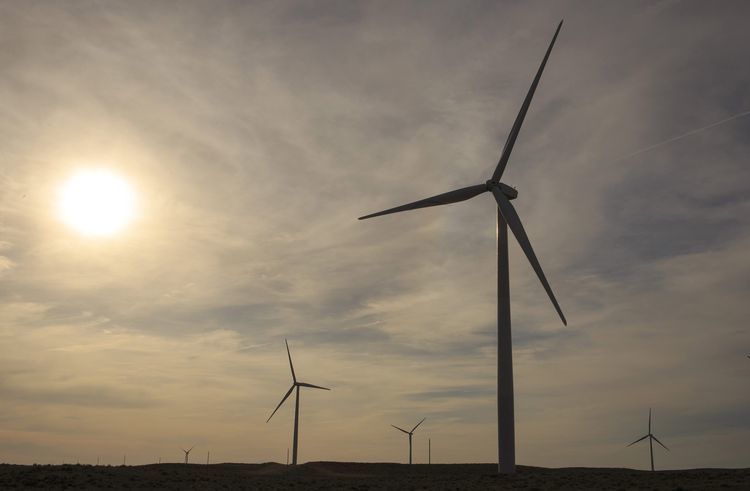
World energy demand is expected to plateau from 2030, according to DNV GL’s inaugural Energy Transition Outlook.
Greater energy efficiency and rise in renewables output are the driving forced behind the “watershed” moment, according to DNV. By 2050 renewables are expected to make almost half of the energy mix;however, gas is still on track to become the biggest single source of energy.
Remi Eriksen, group president & CEO of DNV GL. “The profound change set out in our report has significant implications for both established and new energy companies. Ultimately, it will be a willingness to innovate and a capability to move at speed that will determine who is able to remain competitive in this dramatically altered energy landscape.”
DNV GL forecasts that renewables and fossil fuels will have an almost equal share of the energy mix by 2050. Wind power and solar photovoltaics (PV) will drive the continued expansion of renewable energy, whilst gas is on course to surpass oil in 2034 as the single biggest energy source. Oil is losing ground as a source of heat and power, and is set to flatten from 2020 through to 2028 and fall significantly from that point as the penetration of electric vehicles gains momentum. Coal use has already peaked.
The global energy transition will occur without a significant increase in overall annual energy expenditure and on a straight comparison, the world’s energy will cost less than 3% of global GDP compared to the current level of 5%. Solar PV and wind costs are set to decrease by 18% and 16% respectively per the doubling of capacity. Although the oil and gas industry has responded impressively to the present lower price environment, renewables will improve cost performance at a much faster rate, benefitting from the ‘learning curve’ effect. Electric vehicles will achieve cost parity with internal combustion vehicles in 2022 and, by 2033, half of new light vehicle sales globally will be electric.
Despite greater efficiency and reduced reliance on fossil fuels, the Energy Transition Outlook indicates that the planet is set to warm by 2.5˚C, failing to achieve the 2015 Paris Agreement target.
“Even with energy demand flattening and emissions halving, our model still points to a significant overshoot of the 2°C carbon budget. This should be a wake-up call to governments and decision-makers within the energy industry. The industry has taken bold steps before, but now needs to take even bigger strides,” says Eriksen.
Recommended for you
